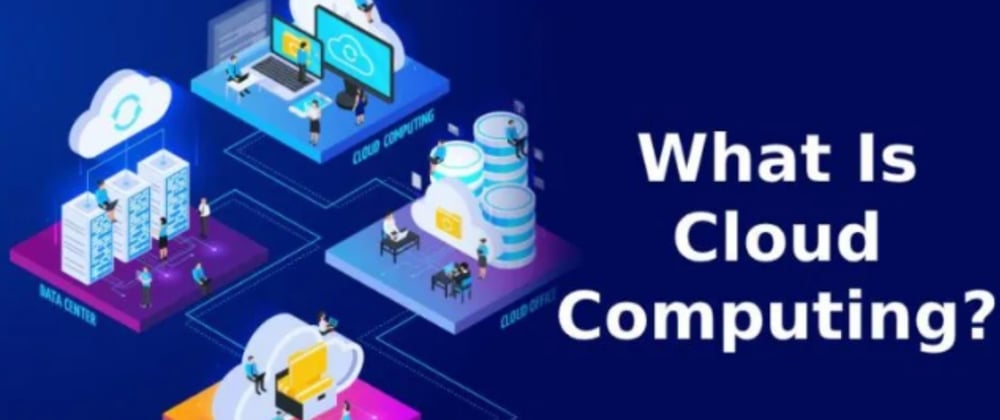Cloud Computing Technology refers to provision of computing services all over the internet(cloud) or online. Examples of computing services are storage, servers, databases, networking, softwares and many more.
Cloud computing is one of the highly demanded technologies as it solves technological problems like lack of storage and servers and many other computing services. Here are the examples of Cloud computing technologies or softwares which are Google Cloud, Microsoft Azure, Salesforce, Amazon Web Services(AWS) and many more.
Cloud Computing services are divided into four main categories which are Infrastructure as Service(IaaS), Software as Service(SaaS), Platform as Service(PaaS) and Serverless.
Infrastructure as Service(IaaS) is one of categories or types of Cloud Computing services that offers essential compute, storage and networking resources on demand and on a pay-as-you-go basis
Software as Service (SaaS) is another category of Cloud Computing services which is a software licensing and delivery model in which software is licensed on a subscription basis and is centrally hosted. SaaS is also known as “on-demand software” and Web-based/Web-hosted software
Platform as Service(PaaS) or Application as Service(aPaaS) is also another category of Cloud Computing services that allows customers to provision, instantiate, run, and manage a modular bundle comprising a computing platform and one or more applications without the complexity of building and maintaining the infrastructure typically associated with developing and launching the application(s); and to allow developers to create, develop, and package such software bundles
Serverless is another category of Cloud Computing services which features automatic scaling, built-in high availability, and a pay-for-use billing model to increase agility and optimize costs. Serverless also eliminate infrastructure management tasks like capacity provisioning and patching, so you can focus on writing code that serves your customers







Top comments (0)